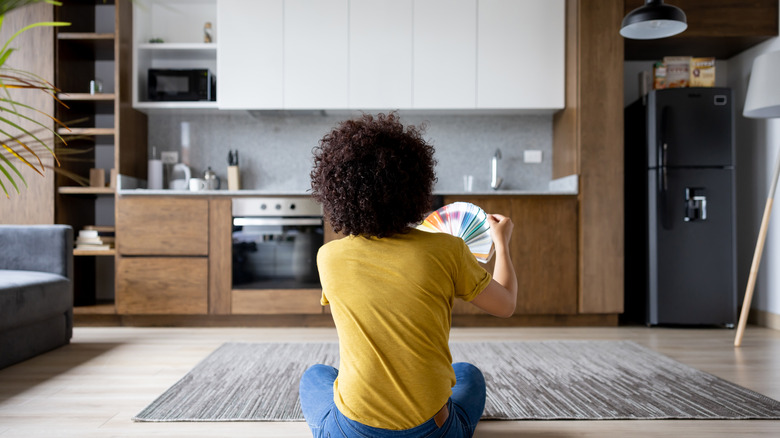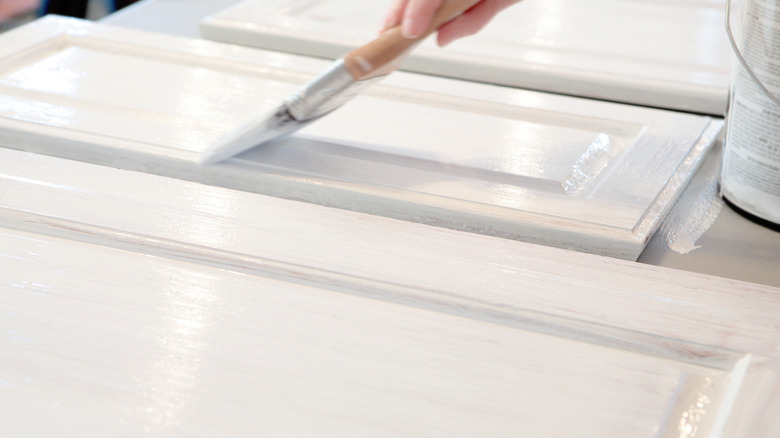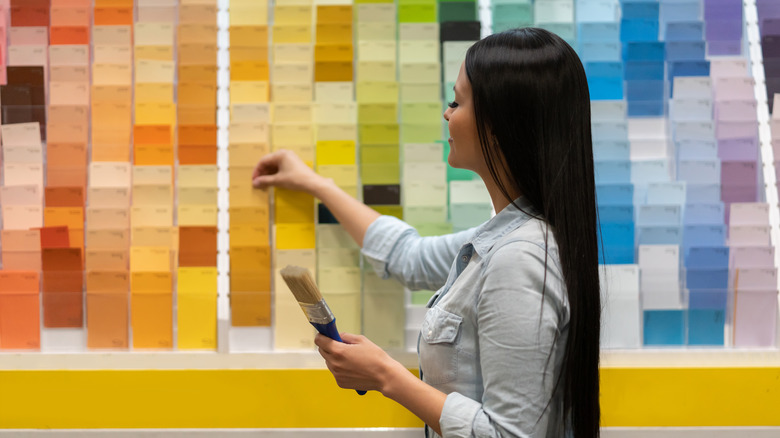Should Replacement Cabinets Match Your Existing Kitchen Color Scheme?
If your kitchen feels like it's stuck in a past era, and you're itching for an upgrade or refresh, the first thing you might think about is your cabinets. This is especially true if you've got older cabinets or ones that have been hit hard by daily living and need a couple of replacement fronts. However, before you go all DIY on them with some paint to try and match the rest of your color scheme, let's talk about why that might not be the greatest idea.
The truth is that trying to make one new cabinet door blend seamlessly with the rest of the space might seem like a budget-friendly way to make your kitchen look expensive, but it often ends up being a recipe for disaster. Matching a color you already have existing in your kitchen can be a real problem because as hard as you might try, you'll rarely be able to get an exact match (for several reasons). Instead, it may just be better, and a lot easier, to go with a completely different color and paint all of your cabinets in that shade. Unless you somehow have leftover paint or know the brand or manufacturer and get the company to perfectly replicate the original paint, even this may not work.
Why it's hard to find exact paint matches for replacement cabinets
Trying to achieve a perfect paint match is like trying to find a needle in a haystack — it's tedious and often pointless. Even if you manage to get a color match, it probably won't look like the original. Paint fades over time because of sunlight exposure and wear and tear, leaving you with different shades of the same color. You might end up having to repaint everything to achieve a uniform look, which beats the purpose of a "simple" upgrade.
Not only does time affect paint colors, but paint formulas also evolve. A shade mixed a few years ago might have contained different pigments than the same color mixed today. There are also differences across brands, and if you try and match a paint by one company to the color of another, the formulas will be slightly different. This tiny difference can lead to a significant mismatch when you try to color match and touch up paint on your cabinets and you'll end up with fronts that are almost, but not quite, identical to the old ones, which can be incredibly frustrating.
So, what do you do if you have to refresh only a few of your cabinets? If the damage or age is showing only on your lower cabinets, versus both uppers and lowers, one idea that can save you money and time is to lean into the two-tone look and create a tuxedo-style kitchen by repainting just your lower cabinets in a moody shade.
What should you do instead of trying to replicate an existing paint color?
If a two-tone kitchen doesn't toot your horn, break free from the color-match game and weigh up whether there are any fresh kitchen cabinet colors that could work in your kitchen's broader color palette. This way, you're not only choosing a color that tickles your fancy, but you're also designing a kitchen with intentional contrasts and accents.
Many homeowners worry that a new color will clash with their existing décor, but inserting a new shade can work -– as long as you find one that provides balance and harmony. Pick a color that complements or contrasts with what you've already got going on, and suddenly, you've updated your kitchen's aesthetic. Start by determining the undertone of your wall paint and any fixed finishes. Choose similar undertones for a monochromatic, or add some energy with a contrasting shade. Using a color wheel can help you find complimentary pairings.
Alternatively, snap a photo of the most dominant color in your kitchen and upload it into an online color palette generator like Coolors to effortlessly see a selection of harmonious shades for your cabinets. Still not sure if the colors you pick will work? To get an easy visual of what your space might look like with a chosen shade, try creating a mood board, buying large swatches or tester paints, or even using a paint visualizer tool like the one from BEHR.


